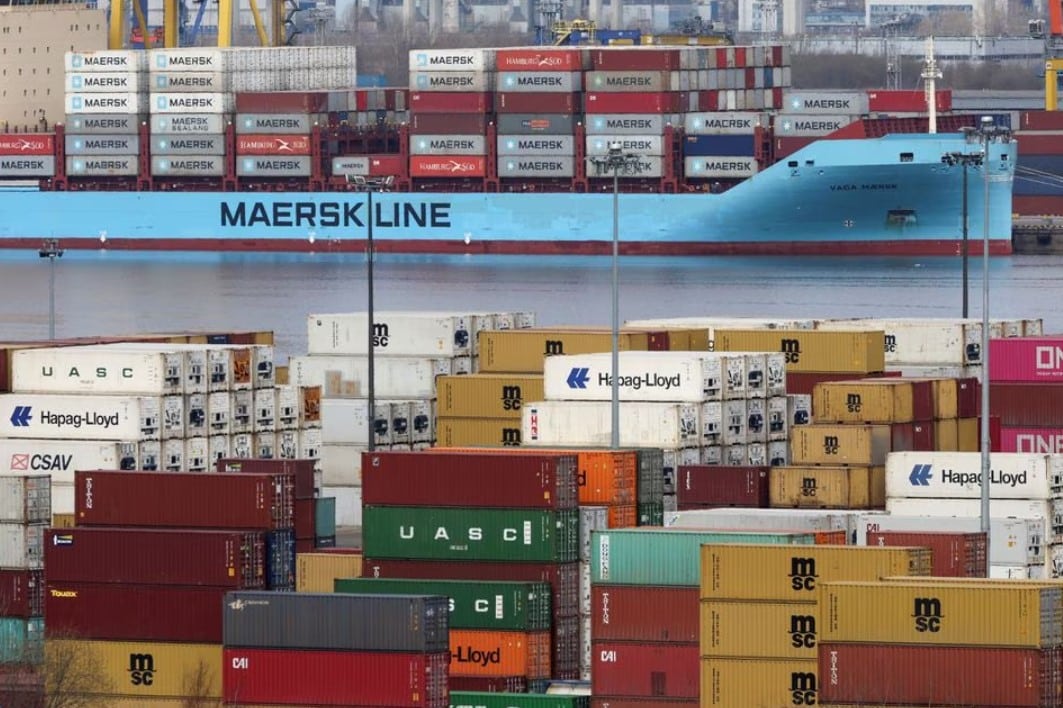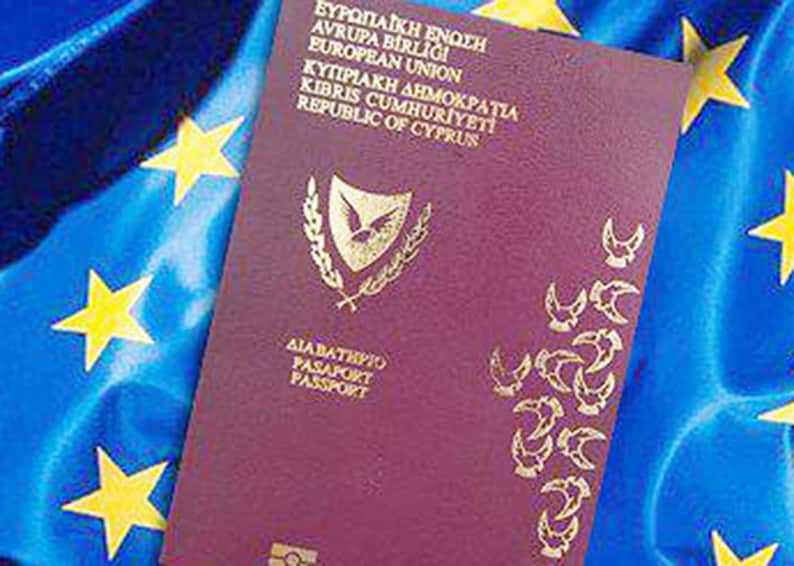The euro area recorded a surplus of €7.0 billion in trade in goods with the rest of the world in June 2025, compared with a surplus of €20.7 billion in June 2024, according to Eurostat.
Euro area exports of goods to the rest of the world in June 2025 reached €237.2 billion, up 0.4 per cent compared with €236.3 billion in June 2024.
Imports from the rest of the world stood at €230.2 billion, marking a rise of 6.8 per cent from €215.6 billion a year earlier.
The euro area trade surplus fell sharply compared to May 2025, decreasing from €16.5 billion to €7.0 billion.
This decline was mainly driven by a drop in the surplus of chemicals and related products, which fell from €24.4 billion to €15.1 billion.
Compared with June 2024, the euro area balance contracted by €13.7 billion, primarily due to a reduction of the surplus in chemicals and related products from €20.6 billion to €15.1 billion.
Surpluses in machinery and vehicles also decreased from €17.4 billion to €13.6 billion, while other manufactured products shifted from a surplus of €2.4 billion to a deficit of €0.4 billion.
Between January and June 2025, the euro area recorded a surplus of €93.3 billion, down from €102.0 billion in the same period of 2024.
Euro area exports of goods to the rest of the world rose to €1 485.8 billion, an increase of 3.9 per cent compared with January to June 2024.
Imports increased to €1 392.5 billion, up 4.9 per cent compared with the same period last year.
Intra-euro area trade rose to €1 319.5 billion in the first half of 2025, marking a 1.3 per cent increase compared with January to June 2024.
The European Union as a whole recorded a trade surplus of €8.0 billion with the rest of the world in June 2025, down from €20.3 billion in June 2024.
Extra-EU exports of goods in June 2025 were €213.7 billion, unchanged from June 2024.
Imports from the rest of the world reached €205.7 billion, up 6.4 per cent from €193.4 billion in June 2024.
The EU surplus decreased from €13.0 billion in May 2025 to €8.0 billion in June 2025.
This decline was largely driven by a sharp fall in the chemicals surplus, which dropped from €23.2 billion to €14.3 billion.
Partially offsetting this, the energy deficit narrowed from –€25.2 billion to –€23.4 billion, while the surplus in machinery and vehicles increased from €15.0 billion to €16.4 billion.
Compared with June 2024, the EU surplus contracted by €12.3 billion, mainly due to lower surpluses in machinery and vehicles, chemicals and related products, and other manufactured goods.
The machinery and vehicles surplus fell from €21.3 billion to €16.4 billion, chemicals and related products dropped from €19.1 billion to €14.3 billion, and other manufactured goods shifted from a surplus of €1.9 billion to a deficit of €1.4 billion.
These declines were partially offset by a reduced energy deficit, which improved from –€26.5 billion to –€23.4 billion.
In the first half of 2025, the EU recorded a surplus of €80.1 billion, down from €92.9 billion in January to June 2024.
Extra-EU exports rose to €1 341.1 billion, an increase of 4.4 per cent, while imports increased to €1 261.0 billion, up 5.8 per cent compared with the same period in 2024.
Intra-EU trade increased to €2 071.0 billion in January to June 2025, up 1.4 per cent compared with January to June 2024.
Seasonally adjusted data showed euro area exports decreased by 2.4 per cent in June 2025 compared with May 2025, while imports increased by 3.1 per cent.
The seasonally adjusted euro area trade balance fell to €2.8 billion from €15.6 billion in May.
In the EU, seasonally adjusted exports fell by 2.3 per cent in June 2025 compared with May, while imports rose by 2.9 per cent.
The seasonally adjusted EU balance fell to €1.8 billion from €12.7 billion in May 2025.
In the second quarter of 2025, euro area exports and imports to non-euro area countries decreased by 5.9 per cent and 2.4 per cent respectively compared with the first quarter.
Intra-euro area trade fell by 0.3 per cent during the same period.
EU exports to non-EU countries decreased by 7.1 per cent, while imports fell by 3.4 per cent.
Intra-EU trade remained stable compared with the previous quarter.







Click here to change your cookie preferences